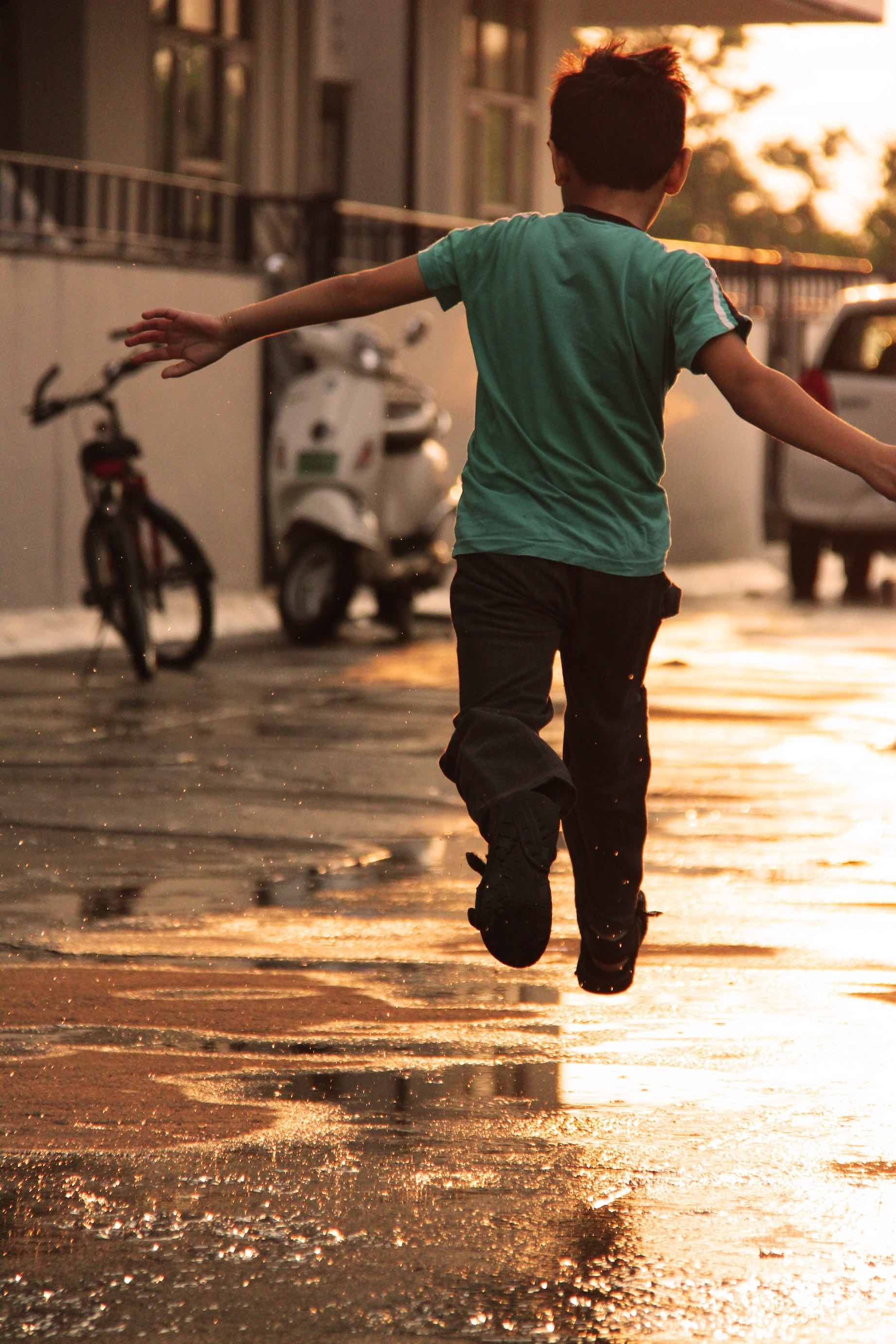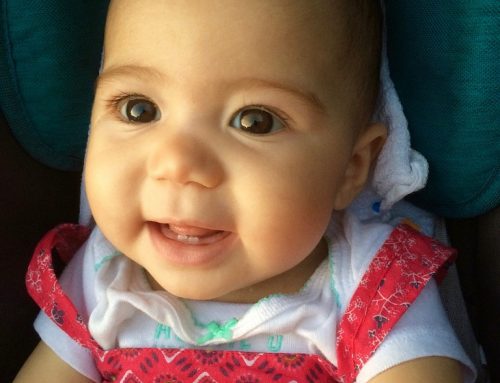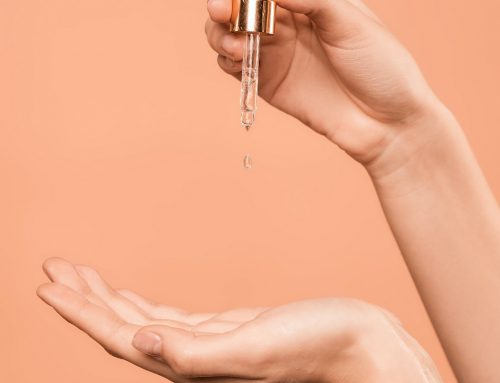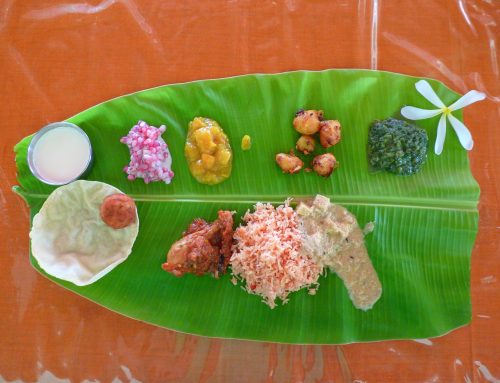Ever seen a professional ballerina dance? Impressive, isn’t it? Her posture, grace and incredible body control is physical perfection at its peak. In other words, her gross motor skills are highly developed. Not all babies grow up to be professional dancers, athletes, firemen or sports professionals who have superior motor skills. But they still need to be developed. When your child takes his first step, throws a ball, learns to jump or successfully performs a cartwheel, you squeal with delight. But to get to that point where such movements are executed, it takes a lot of muscular flexibility, balance, core strength and hand-eye coordination. Your kid works hard to control his body. Least you can do is to help him.
Developing gross motor skills and fine motor skills right from childhood is vital for day to day functioning, to say the least.
What are gross motor skills?
These are the physical abilities, that require large muscle group to work together. These include walking, jumping, swimming, running… any movement that needs your large body parts to participate in coordinated movements[1]. To carry out these activities, one also need good hand-eye coordination, a stable core (abdominal strength), strong large muscle groups and proper balance. Poor gross motor skills can greatly affect a child’s development and hinder his life as an adult.
What affects gross motor skills?
- Too much screen time where the child sits still
- Overprotective parents who don’t let the child play and run outdoors
- Over-eating which leads to lack of movement
- Development disorders or learning disabilities like autism or Down’s syndrome
How to improve my child’s gross motor skills?
A physically active child will develop gross motor skills quicker. The more your child goes to the park to play jumps up down and runs as if there’s a big scary dog chasing him, the better. However, to motivate your child to be physically active every day, here are some tips to get you started. There are activities you can do indoors and outdoors, and once you get the hang of them, you can come up with a few of your own.
I. Activities for improving balance, core & leg strength
The core and leg muscles have to work cohesively for a child to carry out physical activities without struggling or falling.
1. For babies:
Hometime activities:
a. Tummy time: Few minutes of tummy helps to strengthen the neck, core and back muscles
b. Bouncing on the ball: Make baby sit on a Swiss ball (or any large, steady ball) and bounce him up and down; this will help with core strength
Playtime activities:
a. Grab a toy: Keep a ball or soft toy slightly out of reach and encourage your child to grab it. Once your baby starts crawling, keep moving the toy out of reach or set up a line of toys at a distance from each other for your baby to crawl and grab.
b. Crawling tunnel: Set up toy or fabric ‘tunnels’ or even use a hula hoop to encourage your baby to crawl through, while you’re waiting at the other side
c. Blocks: Once your child starts cruising, line up blocks or toys on a low coffee table and get your child to knock them off one by one
2. For toddlers:
Hometime activity:
a. No slouching: Teach your child to sit up and not slouch when reading a book or doing a colouring activity
b. Sway & Dance: Play music and dance with your child. Make moves like swaying side to side, hopping on one foot (hold hands if uncertain) and touching body parts.
c. Step it up: Arrange favourite toys or books on a slightly higher surface so that your child step on tiptoes to retrieve them.
d. Squatting: Get your child to squat when potty training. It’s good for the bowels and strengthens leg muscles.
e. Walk along a line: Teach your child how to walk in a straight line by following the lines on a tiled floor.
Playtime Activity:
a. Balance bars: Hanging from balance bars is an excellent exercise
b. Bedtime pillow walks: Line up pillows on the floor and let your toddler practise walking over them without falling.
c. Playing hopscotch: For older kids, it’s a fun activity to develop balance and lower body strength.
d. Hula hoop: Using a hula hoop or jump rope. Even if the skill is never mastered, it still helps the muscles.
e. Trampoline: Jumping up and down on a trampoline helps develop balance and strength in legs and back.
f. Play in a park: Dedicated park time where your child runs around and plays with other kids.
II. Activities for hand movements & hand-eye coordination:
Your child’s hand and arm muscles along with his eye movements are critical to gross motor skill development.
1. For babies:
Hometime activity:
a. Pulling: If your child is holding a toy or rattle, gently pull it towards you. The child will resist your attempts and clench his muscles tighter to keep the object.
b. Crib mobile: Hang a musical mobile with colourful characters over the baby’s crib and encourage your baby to reach for it.
Playtime Activity:
a. Pass a ball: Pass a ball to your baby and coax him to pass it back to you.
b. Arm dance: Play music and move your head or your arms side to side or in different directions, while your baby follows your movements by turning his head.
2. For toddlers:
Hometime activity:
a. Put clothes in the washing machine: Your child can take clothes out of the hamper and put it in the washing machine every day.
b. Cleaning windows: Give your child a cloth and teach him how to wipe windows in a circular manner.
c. Cleaning with a broom: Many kids love to pick up a broom and pretend to sweep. Don’t stop your child, this helps him build arm muscles as well as character.
d. Tearing waste paper: If there are sheets of paper or envelopes to be thrown away, get your child to tear them up first.
Playtime Activity:
a. Blowing bubbles: Get a large bubble blower and get your child to pop the bubbles using his fingers, fists, elbows or shoulders.
b. Hoops: Set up a basketball hoop and get your child to throw the ball in.
c. Catch & throw: Engage your child in a game of catching and throwing the ball. Add a point system to make it more exciting.
d. Treasure hunt in nooks: Set up a treasure hunt across the house, where your child has to go through hard to reach places, like crawling under the bed or sofa to retrieve an item.
Conclusion
While developing gross motor skills is essential; it can also be fun. The more your child enjoys the activities, the better his muscle development. And while a ballet career may be a far shot, healthy, mobile life is definitely within reach.






Leave A Comment